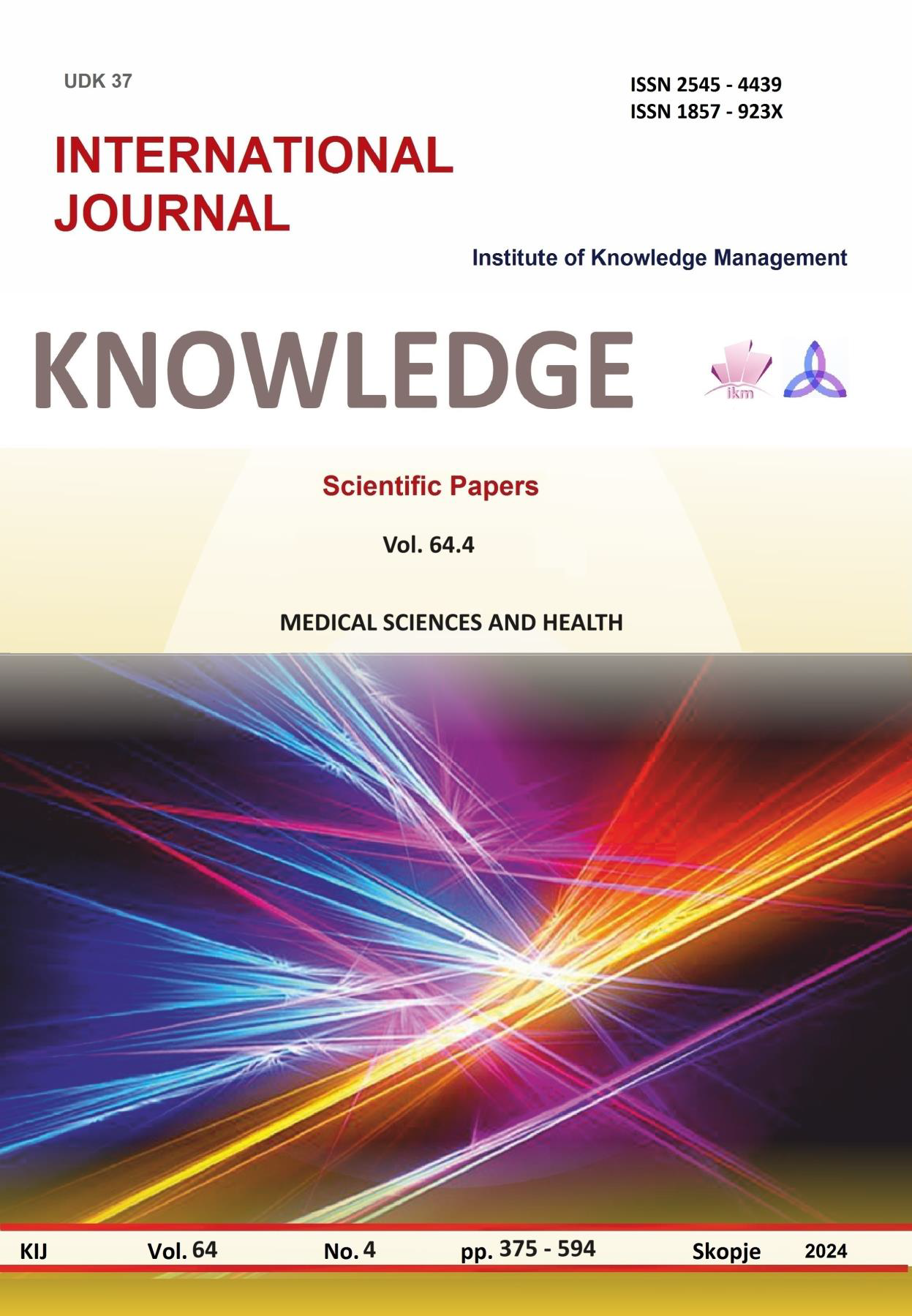THE IMPACT OF FLOODING AS A SOURCE OF BIOLOGICAL THREAT ON HOSPITAL ADMITTANCE DEPARTMENTS
THE IMPACT OF FLOODING AS A SOURCE OF BIOLOGICAL THREAT ON HOSPITAL ADMITTANCE DEPARTMENTS
Author(s): Svetoslav Georgiev, Vasil Topalov, Rumyana EtovaSubject(s): Social Sciences, Welfare services
Published by: Scientific Institute of Management and Knowledge
Keywords: Floods;Hospital disaster resilience;Biological threat;Hospital admittance department;Preventive measures
Summary/Abstract: Flooding represents a significant natural disaster with far reaching consequences, extending beyond material damages to encompass substantial risks to public health. Hospital admittance departments stand particularly vulnerable to the influx of individuals affected by flooding, which often introduces various biological threats. The objective of this article is to examine the potential risks and implications flooding poses on hospital admittance departments, with a focus on biological threats, employing an academic perspective. By means of the descriptive and comparative methods were analyzed reports and records form various floods and the following spread of infectious diseases. The challenges are grouped, and preventive scenarios and measures are analyzed. Performed analyses have listed several significant challenges to the hospital admittance departments during and aftermath of occurred floods. They could be presented into following groups: Biological Threats Arising from Flooding: Flooding events create conducive environments for the proliferation of diverse biological agents, including microorganisms, algae, that could provoke outbreak of infectious diseases. Water, laden with pollutants and pathogenic microorganisms, could also infiltrate hospital premises, including admittance departments, presenting significant challenges to healthcare institutions. Flooding can lead to contamination of water sources with various pathogens such as bacteria, viruses, and parasites. These microorganisms may infiltrate hospital facilities through inundated water systems or contact with contaminated water bodies. In admittance departments, characterized by a continuous influx of patients, the risk of infection spread escalates significantly. Toxic chemicals and pollutants In addition to microorganisms, flooding may result in the spillage of toxic chemicals and pollutants into the environment. Such substances can disseminate into water sources and reach hospital premises, posing health hazards to patients and medical staff alike. Potential Scenarios and Preventive Measures Scenarios involving biological threats stemming from flooding in hospital admittance departments necessitate systematic planning and resource mobilization to mitigate infection transmission and safeguard patient health. Key measures include: Implementation of Protective Systems: Hospitals should develop and deploy protective systems against flooding, including drainage infrastructure, purification facilities, and pollution control systems. Development of Crisis Plans: Establishment of crisis plans to address biological threats, encompassing procedures for infection isolation, equipment disinfection, and staff training, is imperative. Monitoring and Early Warning: Deployment of monitoring and early warning systems for water contamination can aid in promptly detecting potential health hazards and implementing necessary interventions. Staff Training: Comprehensive training of medical personnel on recognizing symptoms of flood related infections and adhering to appropriate protocols is essential. In conclusion, the impact of flooding as a source of biological threat on hospital admittance departments demands a systemic and interdisciplinary approach. Healthcare institutions' preparedness to manage such crises is crucial for safeguarding patient and staff health and safety. Continuous development of strategies for prevention and mitigation of biological threats is paramount to addressing these challenges effectively in the future.
Journal: Knowledge - International Journal
- Issue Year: 64/2024
- Issue No: 4
- Page Range: 563-568
- Page Count: 6
- Language: English

